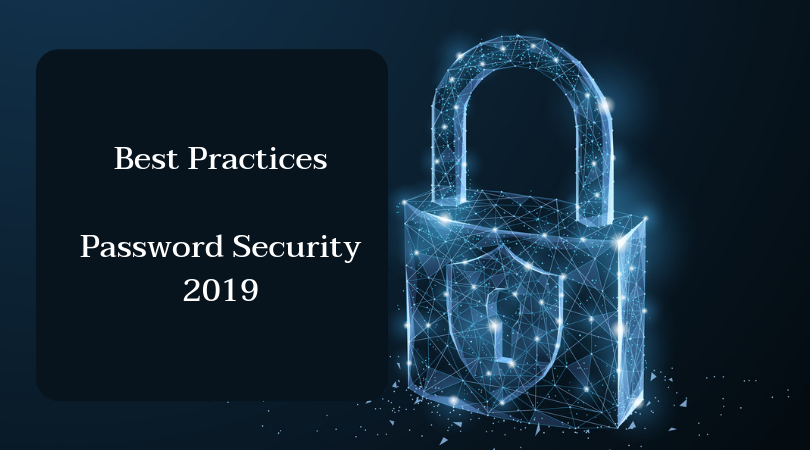
Every account you have is protected by a password or a PIN of some kind. A PIN is a personal identification number that is unique to the account it is attached to. In some cases, you are allowed to choose your own PIN. For other accounts, you must use the PIN or password that is provided by the creator of the account. Memorizing PINs and passwords is essential if you want to maintain your privacy and keep your accounts fully protected. It’s also vital that you use a few “best practices” when it comes to managing your passwords.
Avoid the Obvious
Avoid using the most obvious choices like your children’s names or notable dates. Choose passwords that would be difficult to trace back to someone or something that is important to you. Choose random numbers and words that can be easily remembered. Hackers who break into accounts will often look through your information to try and find patterns. Random words and phrases are less likely to be picked up within the pattern.
Two-Factor Authentication
Two-factor authentication can involve the use of a PIN and a password, or a PIN/password and a series of security questions. It can also include the use of a security key ( a card that is coded with personal information) and a PIN. The only way to access the account is to have both pieces of the puzzle to unlock the code. If one of the pieces is wrong, you may be locked out of your account until a system reset can be performed.
Separate Numbers and Symbols
Numbers and symbols that are used together may indicate a date or account number. Separate your numbers and symbols to remove any type of familiar sequencing. Alternate numbers, letters, and symbols so that it is difficult to identify any type of common pattern or series.
Use Your Fingerprint to Secure Mobile Devices
One of the best ways to protect your information is through the use of your fingerprint. iPhones can now identify your eye by scanning your cornea. Both of these methods use body parts that are unique to you. No one can duplicate them or alter them in any way. By using a fingerprint or eye-scan to protect your mobile devices, the information stored on that device is protected. You should still, however, change your passwords frequently.
Don’t Use the Same Password for Multiple Accounts
Avoid using the same password for multiple accounts. Choose a new and unique password for each account you have. While it may be difficult to remember multiple passwords, the alternative could mean devastating financial losses. Choose several password and PIN options that can be used effectively. In some cases, you may be able to rotate them. This must be done randomly and without a pattern to maintain the highest level of security possible.
There are ways to protect your passwords and PINs so that you can maintain your accounts and keep them secure. Using a password manager is just one way to secure your accounts. Determine which type of measures work best for you and use them effectively so that all of your information remains protected from outside predators and hackers.